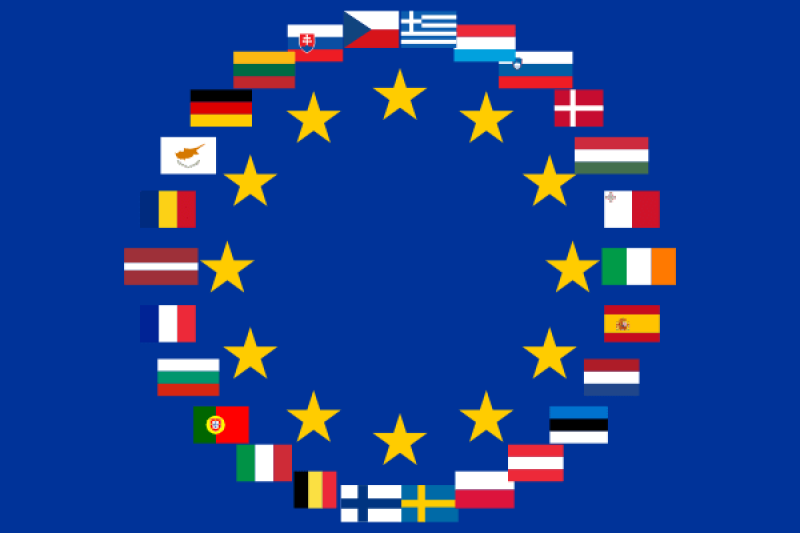On July 5, 2023, the European Commission presented a bill aimed at the partial deregulation of plant varieties resulting from “new genetic techniques” or NGT, a set of methods allowing genomes to be modified with great precision, including CRISPR Cas9/technology.
Genetically Modified Plants (GMOs) have been cultivated for more than 25 years in many countries around the world, particularly in the United States, Canada, Australia, India and China. It is therefore possible to make a quantified assessment of their use and to estimate the cost for the European Union of not having used these varieties. This is what Robert Paarlberg and Stuart Smyth, affiliated respectively with the Department of Political Science at Harvard University and the Department of Agricultural Economics at the University of Saskatchewan, attempted to do in a synthesis of the scientific literature, published in March 2023 in the journal “Trends in Biotechnology”.
In the countries that adopted them, the cultivation of GMOs made it possible to increase the yield of soybeans and corn by 330 million tons and 595 million tons, respectively, for the period 1996-2020, leading to a benefit for farmers of 261 billion dollars.
…
New genetic technologies, the subject of the bill, offer significant prospects for plant improvement… Properly supervised, the integration of these new varieties into agroecosystems could contribute to reducing GHG emissions and the use of phytosanitary products.
[Editor’s note: This article has been translated from French and edited for clarity.]































